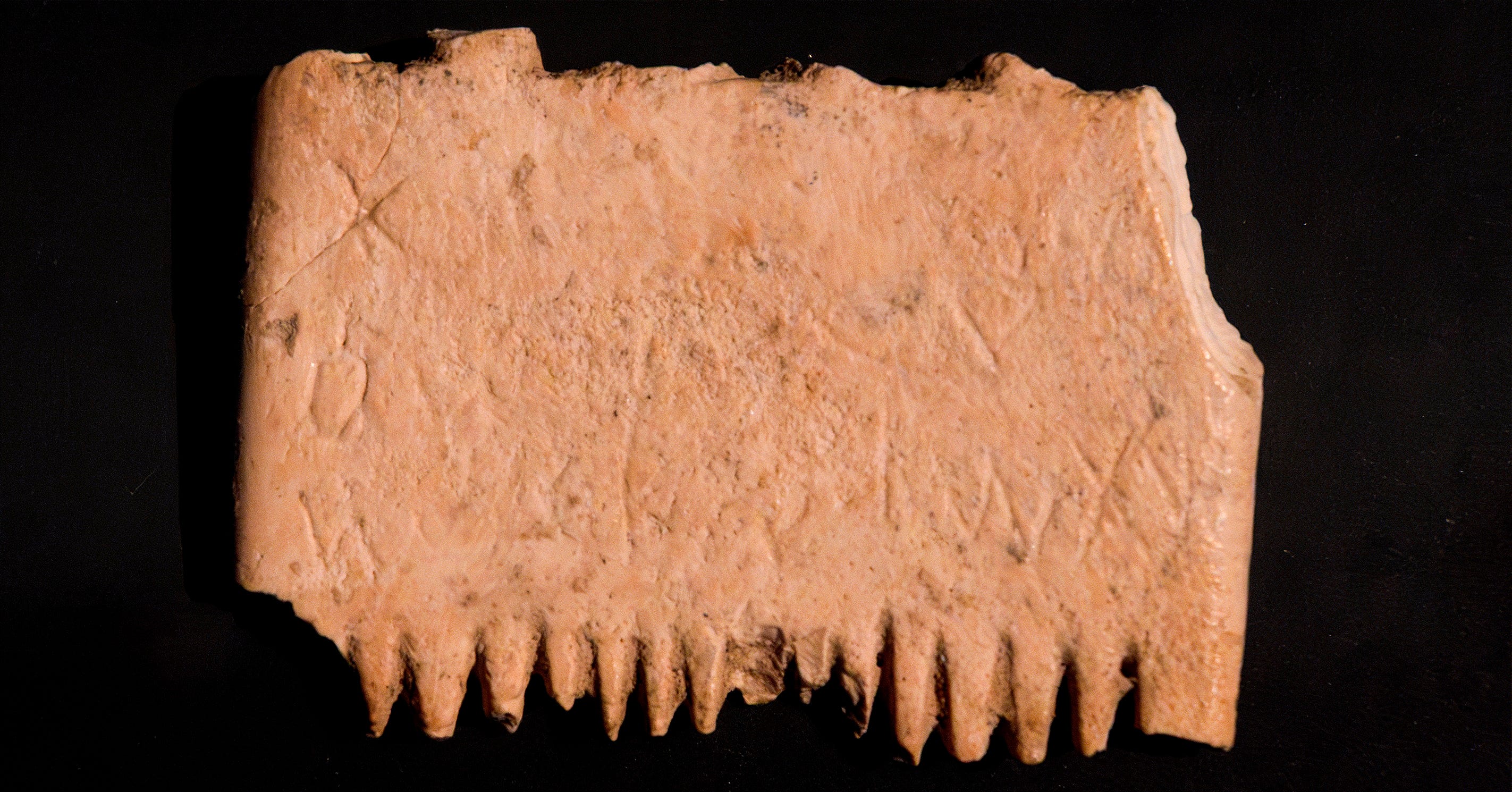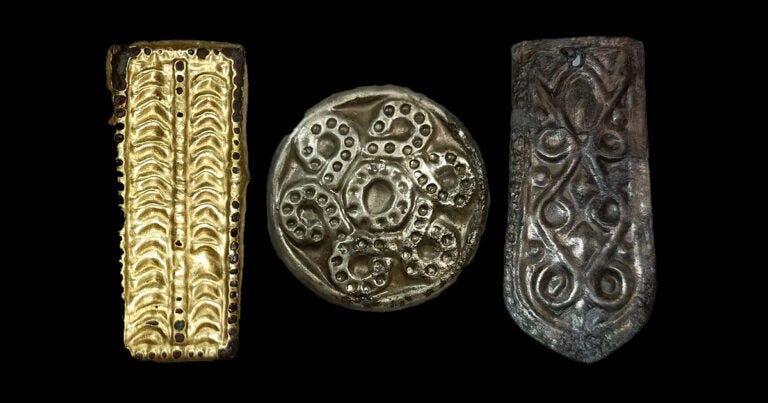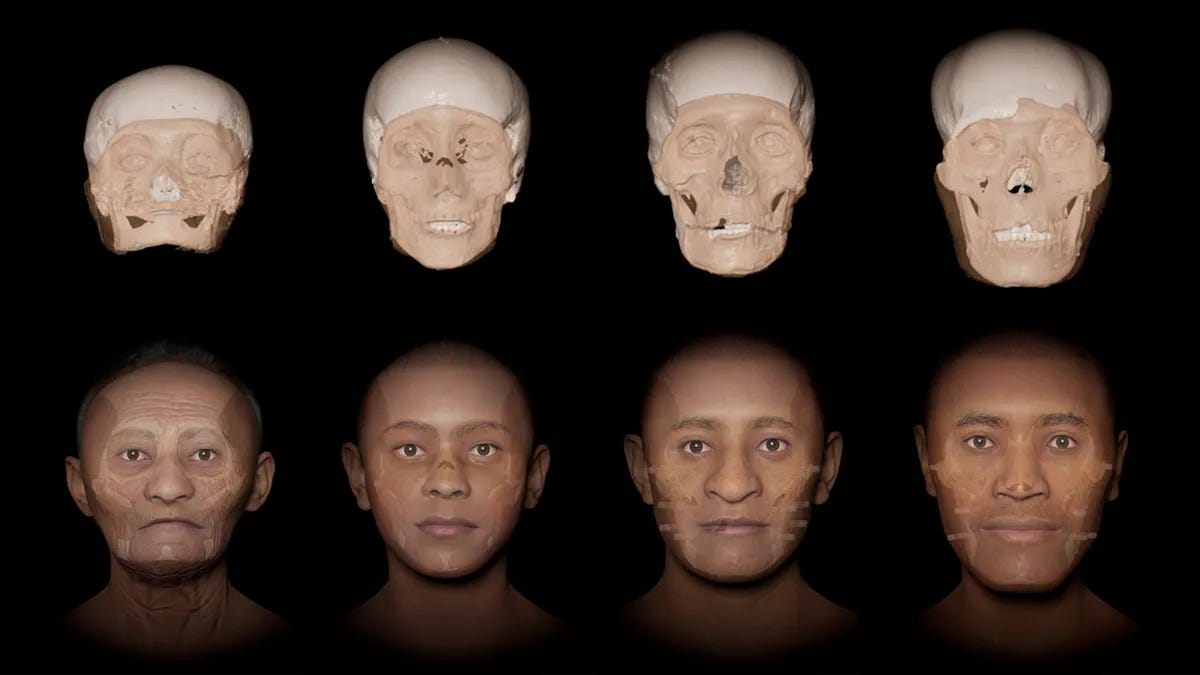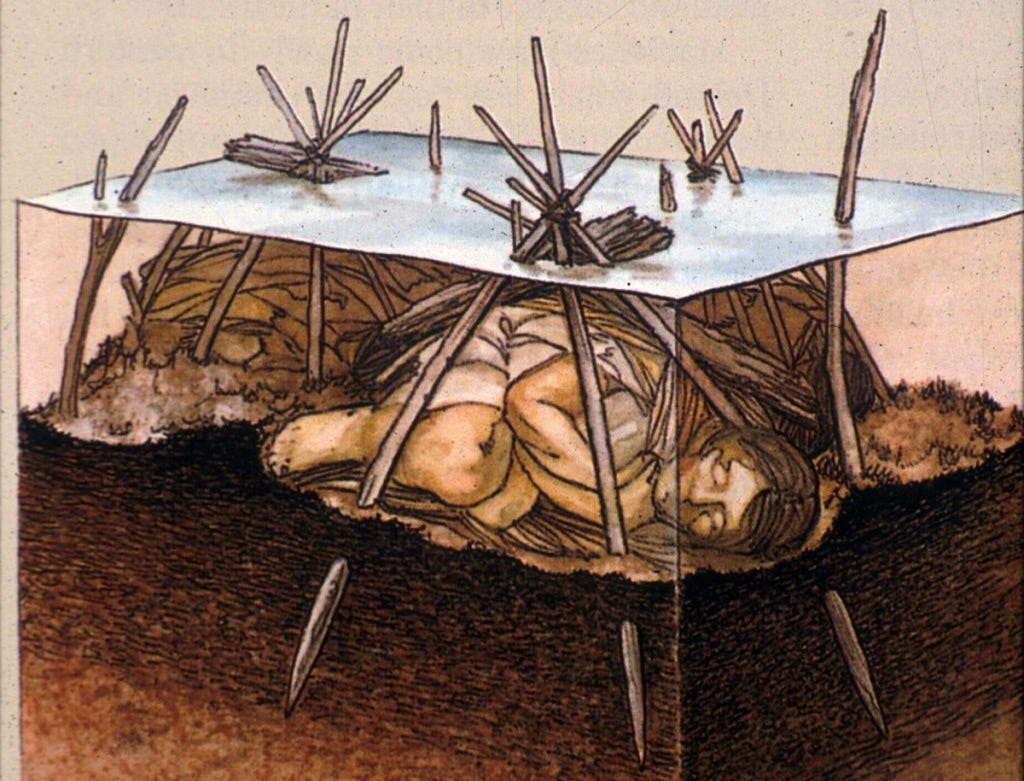Welcome back to our series World Mythology Warnings for Today. In case you missed our previous (and first) episode, be sure you click here to explore what happened in Persia. In today’s second episode, we’ll revisit Ancient Greece as we present a tale that has been told across generations: Icarus’s Flight. This particular legend captures a dangerous moment of human ambition gone awry; and where balance (neither too much nor too little) was meant to be the guiding principle.
Icarus is the famed young lad in Ancient Greek legends who flew too close to the sun, and faced dire consequences that cost him his youthful life. His tale is a tragic legacy that has found new life in today’s interpretations—especially when it comes to people who take modern technological advancements too far to the extremes. Let us begin with a bit of the myth’s background story to set things into motion:
Of Flight and Fall
This story first begins on the island of Crete. It was here where the brilliant craftsman Daedalus and his young son Icarus found themselves trapped in a sprawling labyrinth. Furthermore, this very labyrinth happens to be a complex prison built by Daedalus himself for the tyrannical King Minos. The despotic king decided to have Daedalus imprisoned so that the former could abuse the latter’s gifted craftsmanship for his own gain, whilst also preventing Daedalus from sharing his genius inventions to the outside world. In addition, the king feared that Daedalus would reveal his secrets (and scandals) to other rival realms. As a means to control Daedalus on a tighter leash and to ensure the craftsman’s allegiance, Icarus was held hostage by King Minos as collateral.
Daedalus, however, was determined to break free… and so the craftsman turned to his own ingenuity to come up with a solution. The craftsman began to make plans by fashioning wings from feathers gathered on the island and then using wax to bind them. He made wings for himself as well as for his son Icarus, and the two were ready to make their escape. Before taking flight, Daedalus gave his son this one solemn warning:
Stay in the middle course. Do not fly too low where the sea’s spray could weigh down the wings, and do not fly too high where the sun’s heat would melt them.
With the hope of freedom at last, both father and son leapt from the cliffs and soared above the Aegean.

As Icarus made his first flight and finally felt the taste of liberation, the young lad was caught in the thrill of flying… and thus he forgot his father’s words. The rush of freedom pulled him higher and higher, with the sun’s warmth getting dangerously close. As Icarus increased altitude, the wax in his wings softened before dripping away. Eventually the feathers scattered, and Icarus lost control of his flight. Thrill turned into terror, and alas… the boy plummeted into the ocean below to his tragic demise. Today this part of the ocean is called the Icarian Sea in his memory.
Daedalus felt both horror and helplessness, having just witnessed his son vanish beneath the waves. This legend is a stark reminder of what happens when caution is swept aside by dangerous exuberance when left unchecked.

Icarus as a Warning to the Modern World
Fast forward to today and Icarus’s wings feel much closer than ever. The myth has found new life as a metaphor for our era’s bold ventures where we reach for heights once thought of as impossible. Space exploration echoes Icarus’ flight as a big example. When NASA’s Apollo missions landed humans on the moon during 1969, the event embodied the triumph of humanity’s ingenuity. However, notable disasters like the 1986 Challenger explosion remind us about the risks when ambition outpaces caution. The drive to explore distant planets pushes technology to its limits, yet each mission carries the haunting shadow of Icarus’ molten wings.
Artificial intelligence offers another parallel warning. As we build systems that mimic human thought, the potential for breakthroughs is staggering. Think of medical diagnostics to autonomous vehicles, or even AI-generated videos as well as deep fakes. With that being said, warnings from experts (like those in a 2023 open letter calling for AI safety protocols) highlight the dangers of unchecked development. Could AI soar too high and give us an Icarian-level mishap that leads to unintended consequences? Who knows. What is known is that the classic myth urges us to pause for a moment… and to weigh the risks.
Genetic engineering invites the Icarian comparison too. CRISPR technology is a major example which edits DNA with precision, with the potential to fix and cure genetic diseases. However, CRISPR and designer babies are such controversial topics for they mess with the ethics of what makes us human. The idea of tweaking embryos to pick traits like eye color, height or even intelligence would freak morals out. It’s like we’re playing God, and there’s a real fear it could lead to a world where only the rich get “perfect” kids, widening the gap between the haves and have-nots.
Plus, the science isn’t foolproof. Screwing up a gene edit could cause serious health problems that might even last for generations. Then there’s one more ethical issue: babies can’t consent to being edited. Some worry we’re sliding toward a creepy eugenics vibe as a result. It’s like a tug-of-war between hope for curing diseases and dread of a sci-fi dystopia.
Human Hubris and Respecting Dangerous Situations
At its essence, the flight of Icarus is a cautionary tale about hubris—the dangerous sensation of pride that tempts humans to overstep their limits. Hubris was a grave offense in Ancient Greece as a whole, as it’s a defiance of the natural order that the gods upheld. Icarus’s flight wasn’t just a physical act. It also symbolized a challenge to boundaries set by Nature and wisdom. His fall served as a warning to those who dared too much and with impulse.
The wings themselves also carry symbolic meaning. Both the wings of Daedalus and Icarus represent the power of innovation to lift us beyond our constraints. Yet their fragility—wax that melts with feathers that scatter—points to the limits of that power. The myth suggests that human ambition must be tempered with respect for forces beyond our control; whether they’re divine or natural. For the Ancient Greeks, Icarus’ story was a reminder to honor moderation as a means to respect powers beyond our grasp and also to preserve our chances of survival; whilst also being careful of extremes.
The myth’s lesson—balance daring with humility—feels like a direct message to scientists navigating these frontiers.

Icarus pops up from time to time in modern popular culture as well. From novels to short films to Disney’s 1998 Hercules TV cartoon series and video games like Nintendo’s Kid Icarus, the boy’s story is usually a reminder for daring gone wrong. Even everyday language phrases such as “flying too close to the sun” warns against overconfidence; whether in business, politics, celebrity fame or personal goals.
What makes Icarus’s myth endure across the ages is its universal truth: ambition fuels progress, but it could blind us to limits. Especially when this sort of ambition is flirting with the dangers of extremes. The Ancient Greeks saw this truth in their heroes. We see this truth in our rockets, algorithms and gene-editing tools. The tragedy isn’t just Icarus’ fall—it’s also his failure to heed that warning. For once again, this warning is a reminder to balance our reach with respect for things beyond human control.
Top Image: “The Lament for Icarus” by Herbert James Draper (1898). Source: Public Domain.
References:
- Chaliakopoulos, Antonis. “The Myth of Daedalus and Icarus: Fly Between the Extremes.” The Collector, 6 Sept. 2021, www.thecollector.com/daedalus-and-icarus/.
- Clarke, Laurie. “Alarmed Tech Leaders Call for AI Research Pause.” Science, 11 Apr. 2023, www.science.org/content/article/alarmed-tech-leaders-call-ai-research-pause.
- Cohen, Jon. “Did CRISPR Help—or Harm—the First-Ever Gene-Edited Babies?” Science, 1 Aug. 2019, www.science.org/content/article/did-crispr-help-or-harm-first-ever-gene-edited-babies.
















